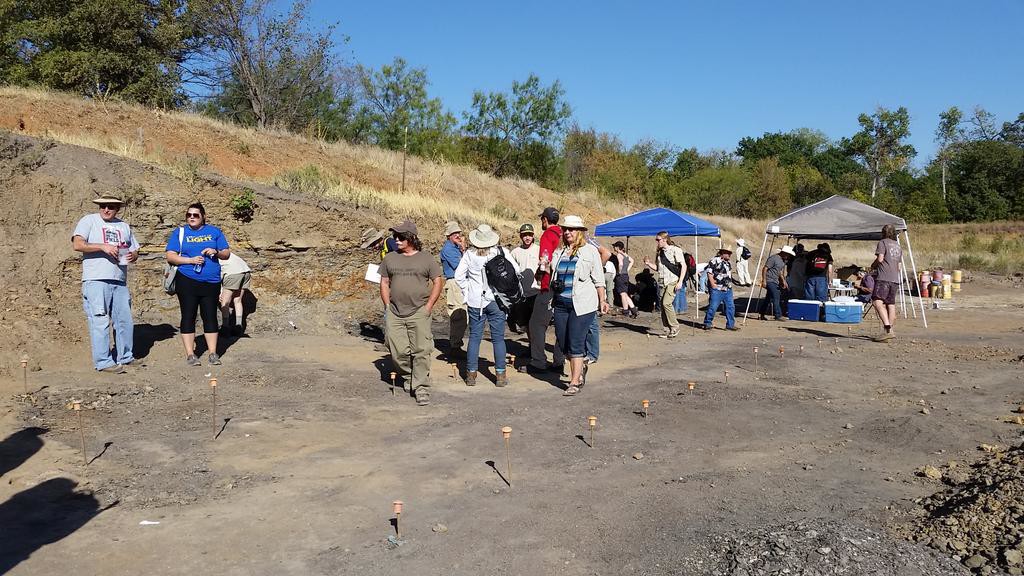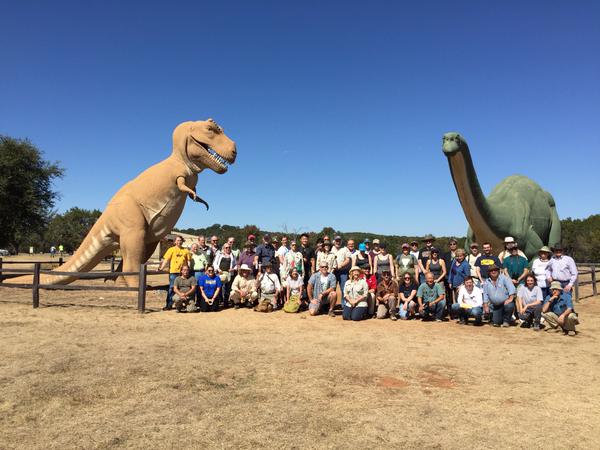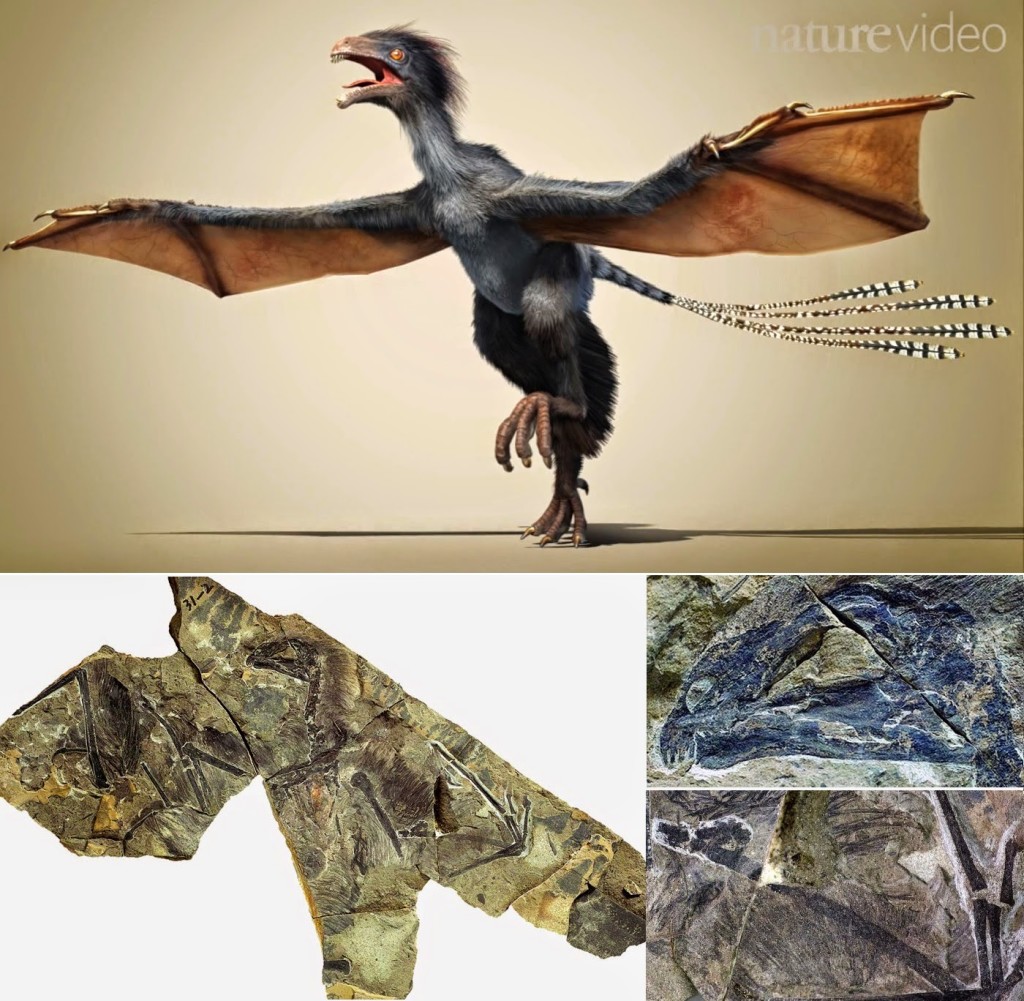Welcome to my paleontology blog, this one written directly on the heels of a whirlwind week in Dallas!
The Society of Vertebrate Paleontology is a name most paleontologists and others use perhaps once or twice in it’s entirety. After that it’s always “SVP,” with other created acronyms, SVPs, SVP-ers, and phrases such as “at that SVP” or “at the next SVP.” And for paleo-colleagues, it refers to the annual meeting than the society itself.
As a professional, membership society, it was founded in 1940 for educational and scientific purposes, for all-things paleo with a vertebrae or a notocord: geology, anatomy, evolution, taphonomy, paleoenviroments, stratigraphy and of course the rock stars, dinosaurs.
SVP’s annual meeting is held in the US in different locations each year (with occasional international locations), and each feature a natural history museum in that city. This year, it was D-Town, TX, featuring a reception at the Perot Museum of Nature and Science.
First off, there are pre-conference field trips, and the one I latched onto was a dream: “Early- and Mid-Cretaceous Archosaur Localities of North-Central Texas.” Some fifty folks sporting fieldwork gear packed in a coach bus, and we were off, in a lot of Dallas traffic. As University of Maryland paleontologist Dr. Thomas Holtz remarked, we could have had wonderful lectures from many of the attendees without even leaving the bus.
Stops included the famous, Paluxy dinosaur footprints from the Glen Rose Formation.
This site is a beauty—you can see large dinosaur tracks under shallow water, and yes, it helps to get a bit wet, up to your knees to really appreciate them. Who were the trackmakers? Sauropods and bi-pedal dinosaurs, more on this to come in future paleoblogs.
Another stop included the Arlington Archosaur Site, a working dig site in an urban setting, replete with fossils including dinosaurs, crocodyliforms, fish, mammals, turtles, plants, invertebrates, and more. A dedicated group of mostly volunteers work the site, with supervision from Dr. Christopher Noto, University of Wisconsin-Parkside—a virtual treasure trove of fossil assemblages have been found thus far.
(Photo credit: Victoria Arbour)
Driving by Dinosaur Valley theme park, we couldn’t resist a group photo, I’m the third from the left middle row holding hat. These dinosaur models are scientifically accurate in every way (ha!).
(Photo credit: ReBecca Hunt-Foster)
Wednesday through Saturday were technical sessions. Talks presented concurrently in three different halls really make me and others wish we had clones to hear all of them at one time. One of the most compelling talks was given by Chinese paleontologist Dr. Xu Xing, “A Bizarre New Theropod From the Jurassic of Hebei, China, and the Diversification of the Scansoriopterygidae,” a mouthful of a title.
Named Yi qi, this Middle-Upper Jurassic slightly cute, slightly alarming-looking theropod belongs to a group of climbing and gliding maniraptora. One of its more unusual features is a long, lateral “finger,” a rod-like bone extending from its wrist, giving the creature a bat-like wing. More on this one also in future paleoblogs!
When late afternoon arrives, it’s time for a beer at the reception to the poster sessions and the exhibitor hall. All-things paleo are again featured in the exhibit hall, including glue used in fossil prep, dinosaur models, paleoart, antiquarian books, and nifty small microscopes to connect to a laptop, perfect for use in the field (gosh I wanted to buy one).
Between sessions and during the poster session, I was at the National Geographic table, in this case, featuring our grants program. Thanks to all who stopped by the NGS table during the conference. Looking forward to the next SVP!








